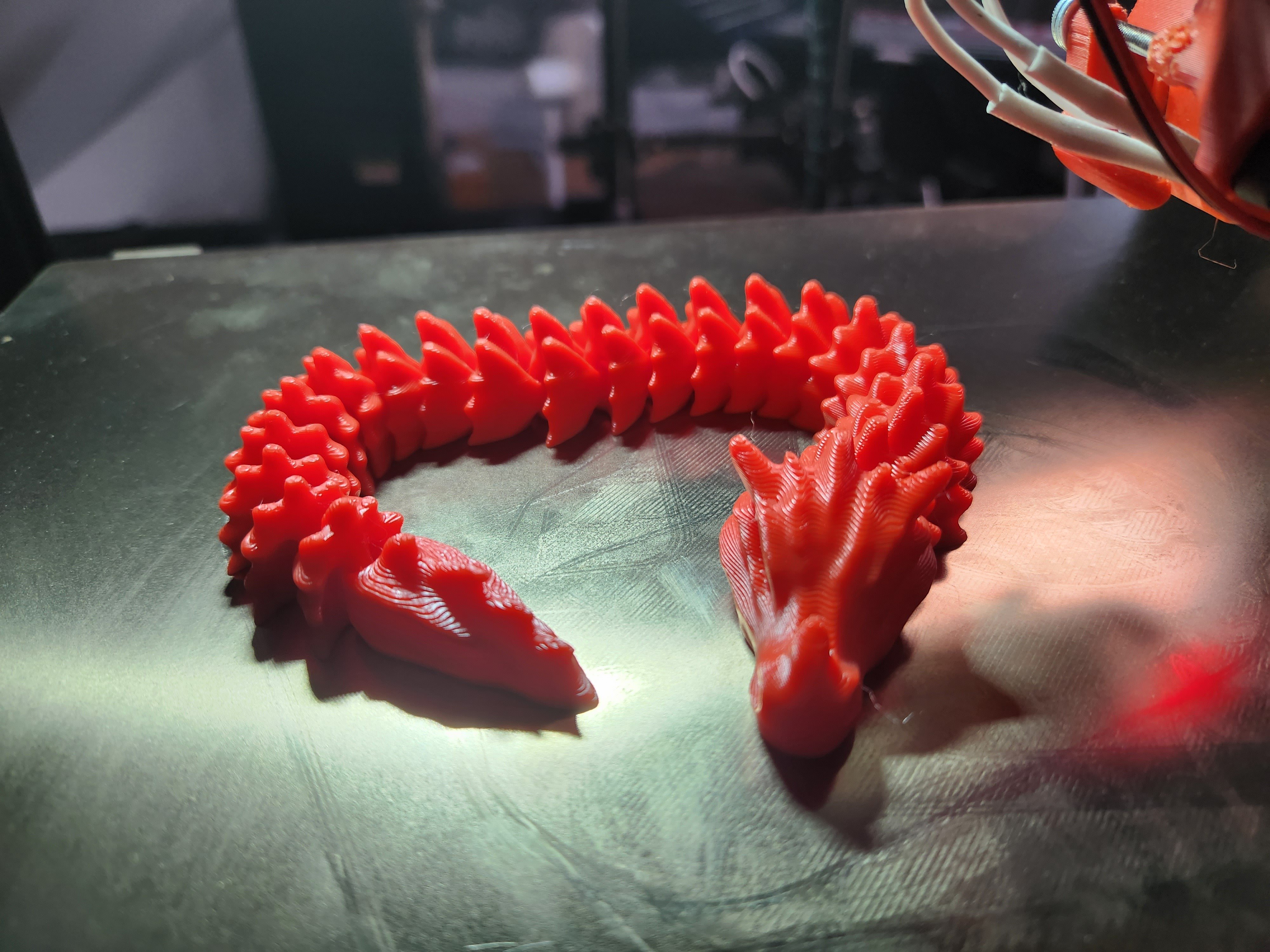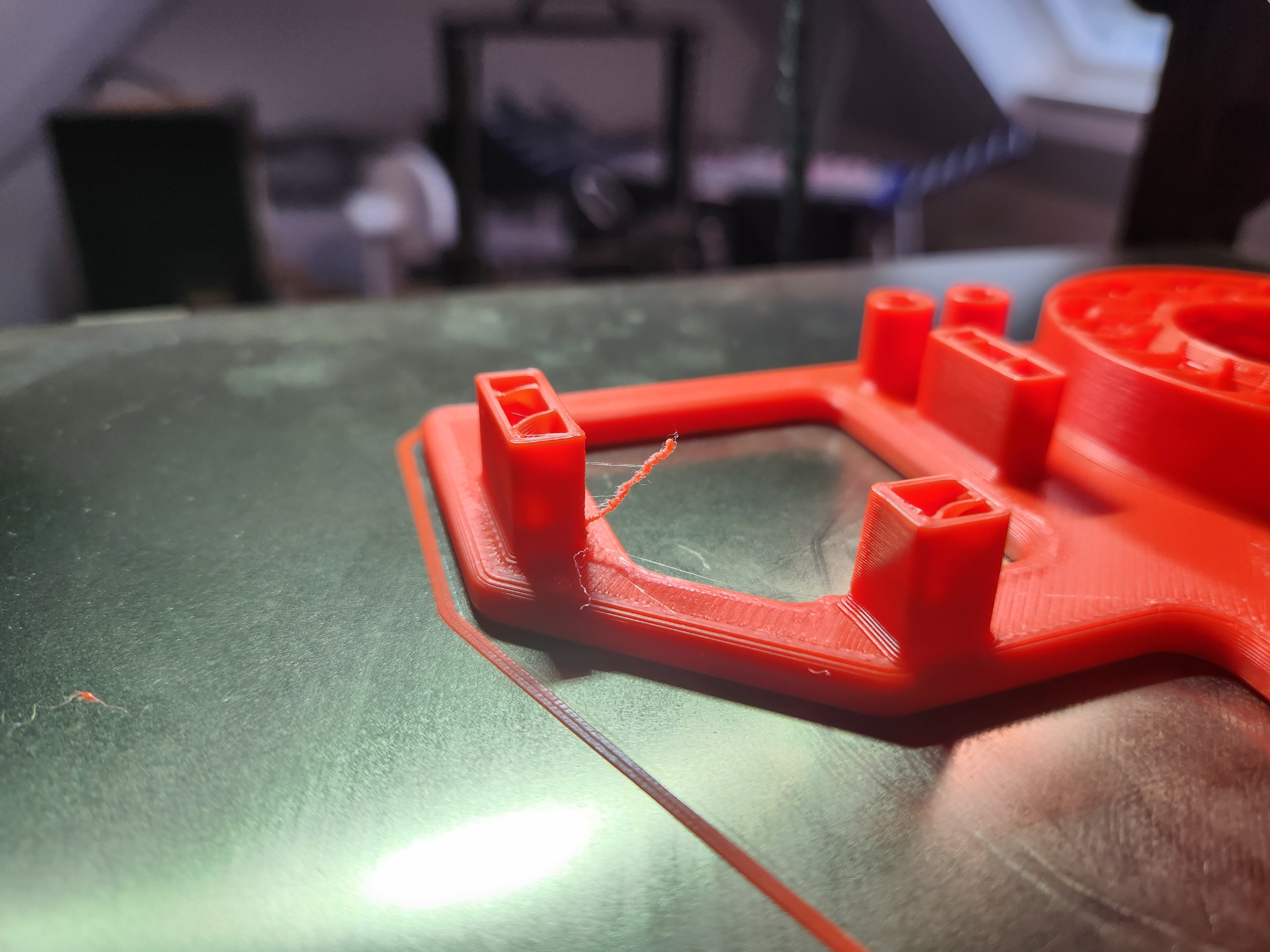3DPrinting
3DPrinting is a place where makers of all skill levels and walks of life can learn about and discuss 3D printing and development of 3D printed parts and devices.
The r/functionalprint community is now located at: or [email protected]
There are CAD communities available at: [email protected] or [email protected]
Rules
-
No bigotry - including racism, sexism, ableism, homophobia, transphobia, or xenophobia. Code of Conduct.
-
Be respectful, especially when disagreeing. Everyone should feel welcome here.
-
No porn (NSFW prints are acceptable but must be marked NSFW)
-
No Ads / Spamming / Guerrilla Marketing
-
Do not create links to reddit
-
If you see an issue please flag it
-
No guns
-
No injury gore posts
If you need an easy way to host pictures, https://catbox.moe may be an option. Be ethical about what you post and donate if you are able or use this a lot. It is just an individual hosting content, not a company. The image embedding syntax for Lemmy is 
Moderation policy: Light, mostly invisible
view the rest of the comments
 since it has a lot of retractions, but of course that one turned out perfectly apart from a few tiny whisps.
since it has a lot of retractions, but of course that one turned out perfectly apart from a few tiny whisps.
I actually had a hell of a time with petg with a 0.6mm cht on a dragon hf, ended up going back to a nozzle x because of it. I also found the bimetal cht nozzles really fragile, like 1.5 Nm torque from one of those slice preset wrenches and I'd still manage to have them shear off in the block after a few nozzle changes.
What did help was lowering the temps and being aggressive with the retraction speed (went up to 50mm/s if I recall), but even then the cht nozzles oozed a lot with petg, could have tuned a bit more but as I said I ended up going back to my other nozzles.
Kept the dragon though and actually swapped my mk3s over because I like that the block is fixed for nozzle changes and actually changed my voron to a dragon UHF that seems to be working well so far.
Yeah, I expected oozing and stringing with PETG, but not with PLA. For now I've switched back to the regular plated copper nozzle and don't have anymore problems. The maximum flow rate went down from 40mm²/s to 25mm²/s but I can print a benchy in half an hour, so it's still plenty fast